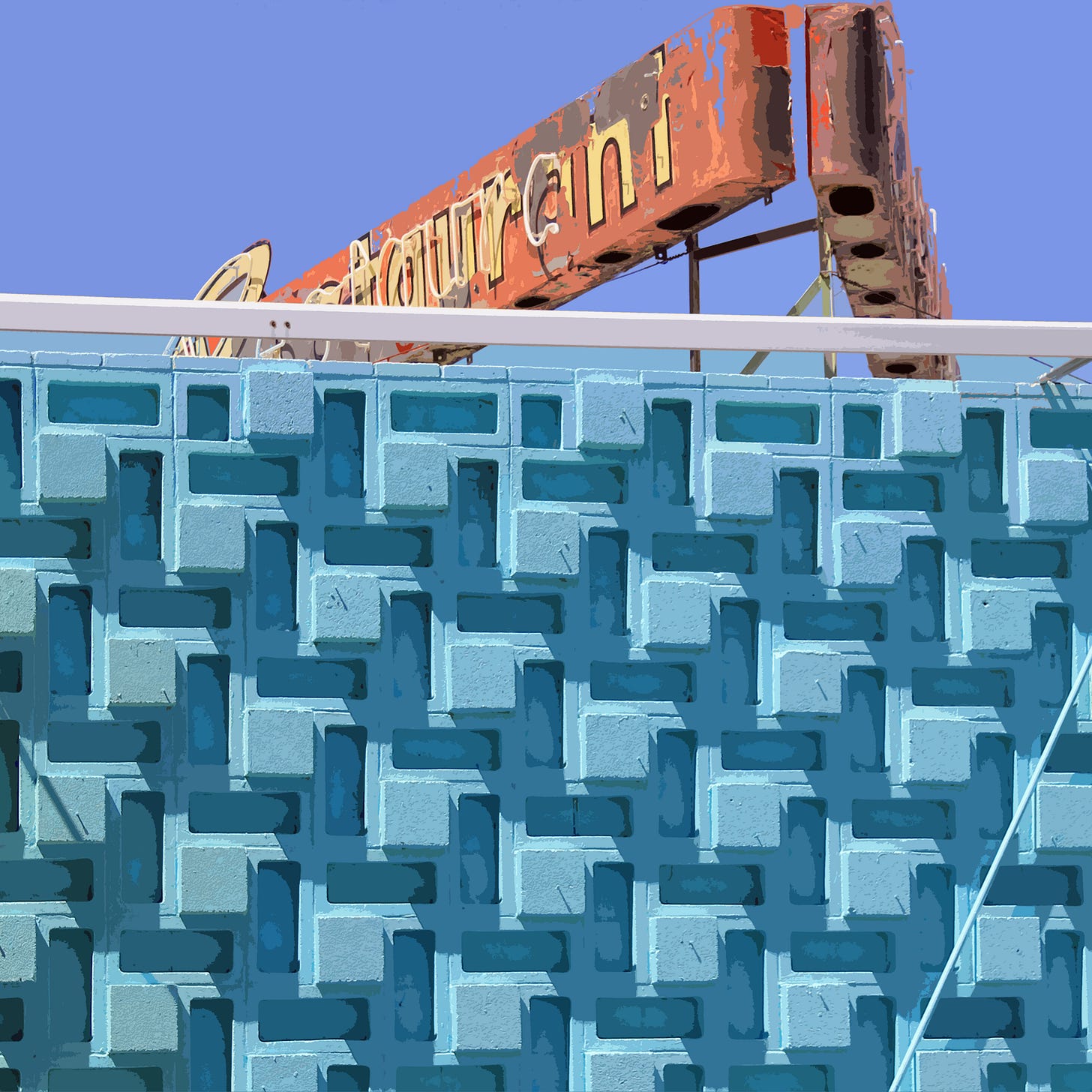Thoughts on boomtown architecture

Editor’s note: As I was going through old photos recently, I encountered this one of Chef Bernie’s Restaurant in Farmington and was reminded of a little essay I wrote a decade ago. Here it is, updated.
On a tra…
Keep reading with a 7-day free trial
Subscribe to The Land Desk to keep reading this post and get 7 days of free access to the full post archives.

